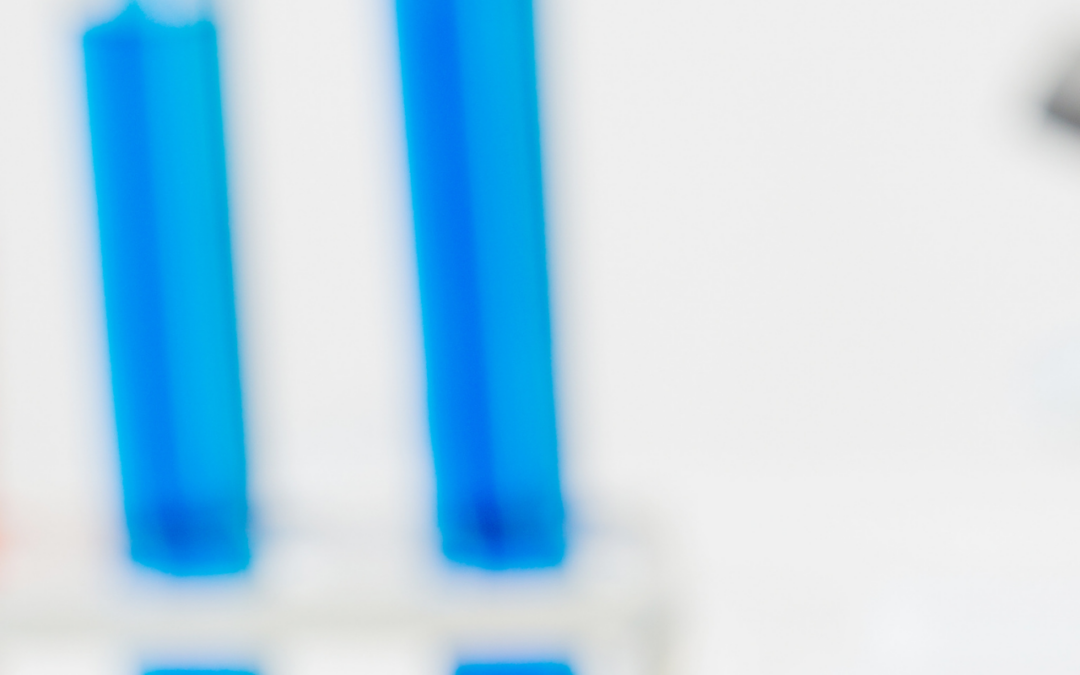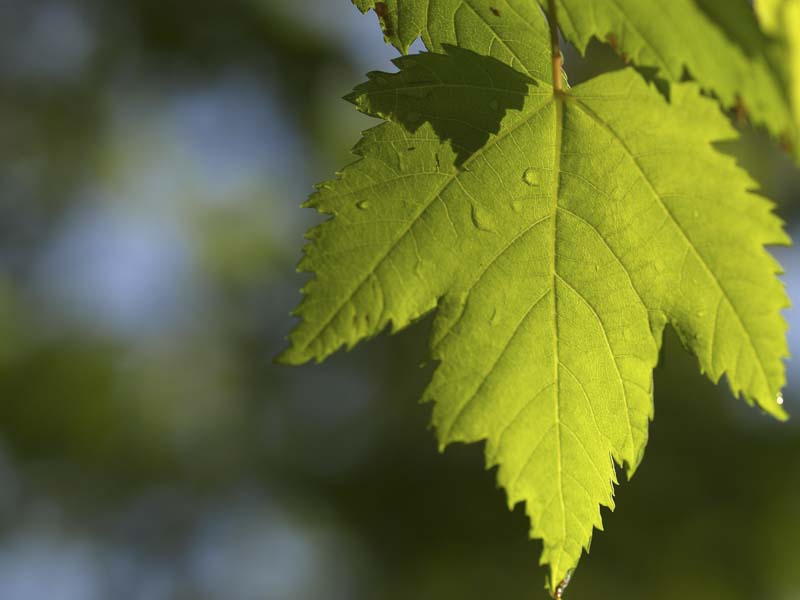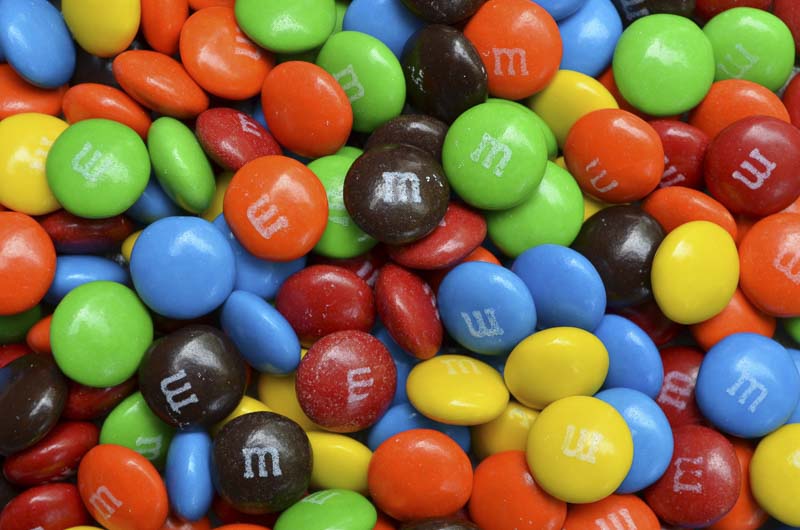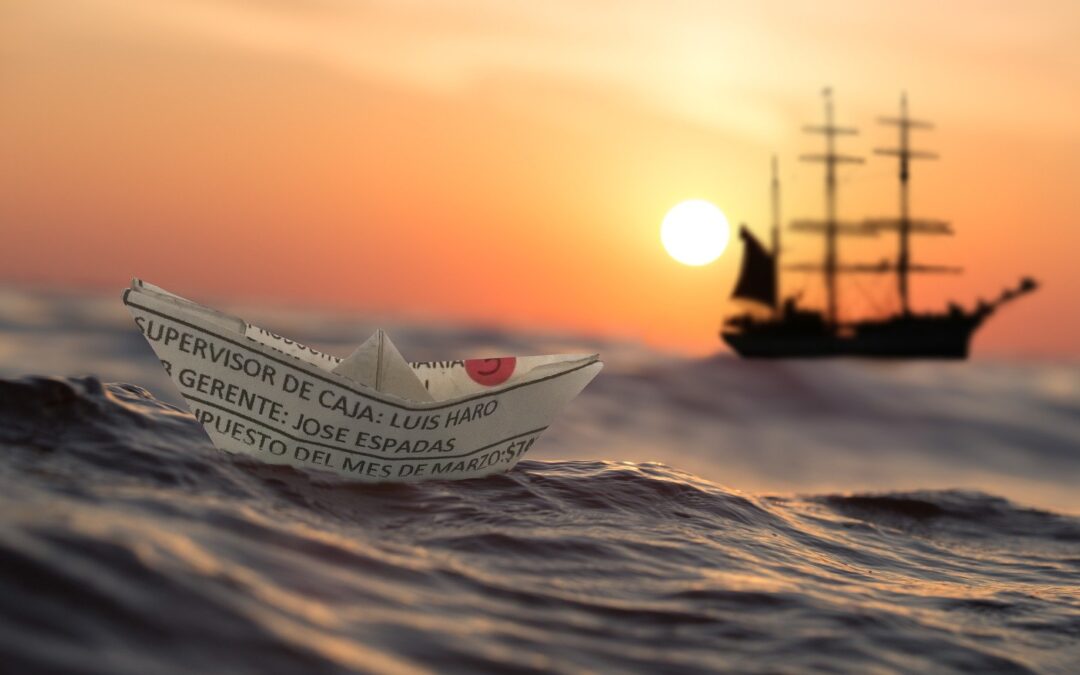Make Your Own Fireworks Glasses
As if fireworks weren’t already colorful or spectacular enough on their own, these DIY fireworks glasses take 4th of July festivities to the next level! Make your own “fireworks glasses” using simple materials and enjoy an eruption of rainbows everywhere you look!
What You Need:
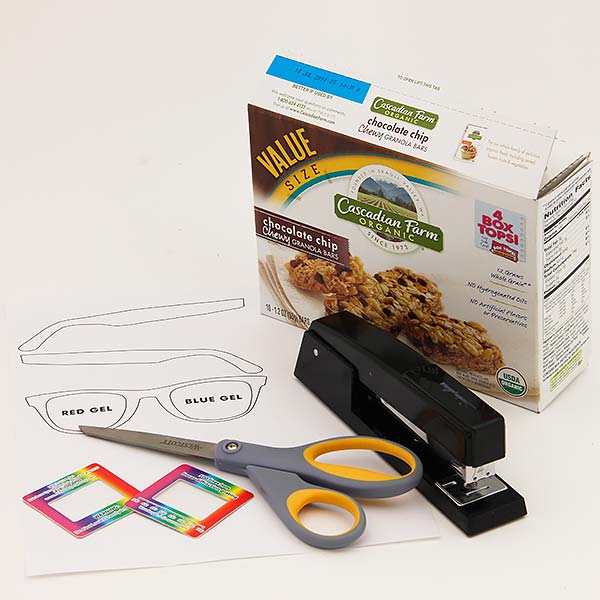
- Two diffraction grating lenses
- Cereal (or similar) lightweight cardboard box
- Good scissors
- Heavy-duty tape or staples & stapler
- Glasses template
What You Do:
1. Print the glasses template and carefully cut out only the temples (the piece that rests on your ears).
2. Next, carefully take the cardboard box apart creating one flat piece.
3. Trace the temple templates onto the cardboard and carefully cut out.
4. Next, build the bridge of the glasses that rests on your nose. Cut the cardboard about 1/2″ wide and 4″ long
5. Hold the diffraction grating in front of your eyes and note how far apart they need to be to fit your face like frames of glasses.
6. Next, using the stapler or tape, fasten the diffraction grating to the bridge piece of cardboard. Follow accordingly to the notes made in step 5.
7. Now use the stapler or tape to fasten the temples to the cardboard frames of the diffraction grating.
8. Put on your glasses, look at light, (or fireworks!) and enjoy!
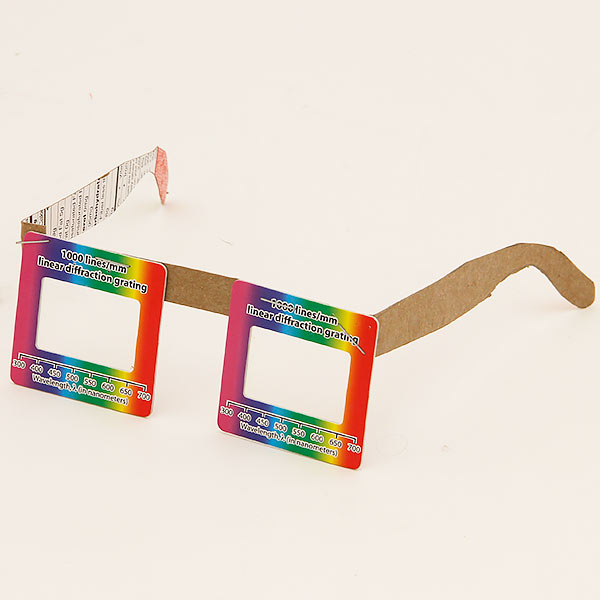
What Happened:
Have you ever noticed a rainbow glancing off the back of a CD or DVD? Diffraction grating works in a similar fashion. On a CD or DVD, the tiny dents and grooves store information.
The tiny parallel scratches on the surface of the CD are diffraction grafting. The ones we used have 13,400 scratches per inch! Also known as rainbow glasses, the colors of the spectrum are separated when light shines on this surface giving a more colorful view.
You don’t need to wait for a fireworks display to use yours either! Try looking at a TV or computer screen, at the light in your room, or at stars.
For further study, use your diffraction grating to make a spectroscope. And read about the color of light plus read this introduction to light.


